Shoulder Stand (Sarvangasana)

Illustration by
@Heather (click to enlarge)
This asana is called "the mother of all asanas", as it nurtures and brings harmony to the body.
While this asana may look challenging especially to beginners, it is actually quite easy. And once you have the correct alignment, the body feels light and effortless when in this pose. This is perhaps the first asana that I truly mastered to the full extent of the pose (without modifications), and I highly recommend my fellow SS to learn it as well. It also helps to tone the core and legs.
Instructional video, against the wall (the blanket is optional):
Instructional video, no wall, alternate method:
In the correct position, the chest should not be deflated at all. The top of the chest should connect fully with the chin (do not try to bring the chin to the chest; instead, lift the chest to the chin). You should not feel any strain on your neck, your weight will be fully on your shoulders, with your triceps and elbows helping to balance. With experience, you will feel like you can take a nap in this pose, and easily remain in it for an extended length of time. It should also be easy enough to talk and swallow while in this pose, no strain on the throat at all.
Make sure your elbows are shoulder distance apart, and not splayed out further. The way to ensure this is to have them by your waist touching your torso when your body is still on the ground, and do not move them out as you life your torso up.
Benefits: This inverted asana helps with headaches, colds, throat and nasal problems, short temper, irritation, insomnia, stomach pains, constipation, menstrual issues (it is not recommended to do while menstruating, however), low vitality, and much more. It is claimed to bring back vitality after illness, especially if done twice a day and held for 5 minutes, even longer if possible.


 I love it
I love it 


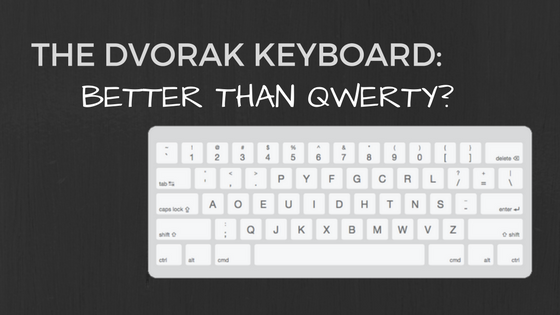





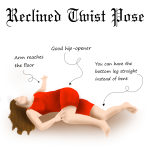




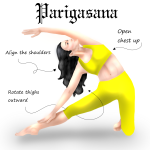
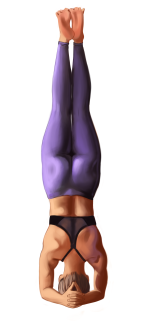
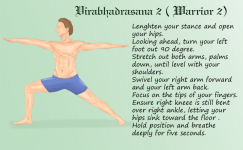
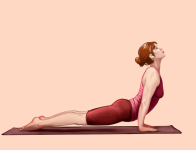
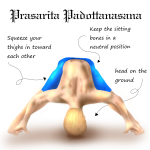

Reactions: Dianartemis and High Priestess Lydia